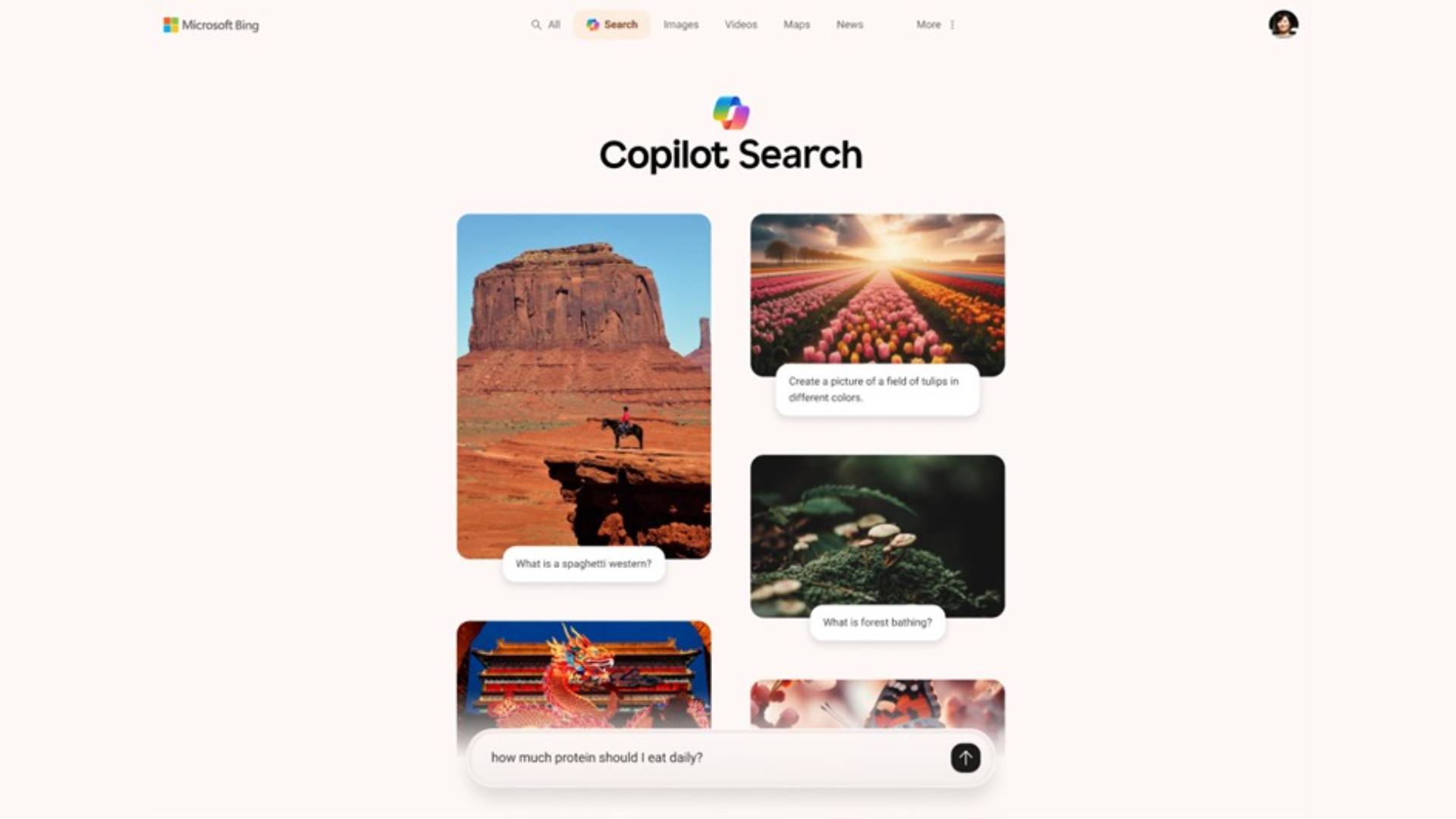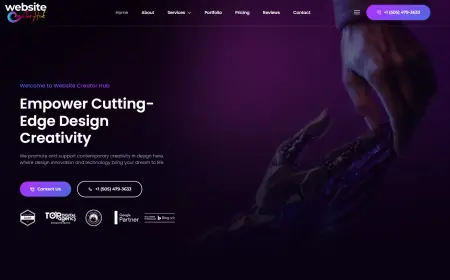Visionary Advancements: Intraocular Lens (IOL) Market Forecast 2024-2030
The Intraocular Lens (IOL) Market size was valued at USD 3.94 Billion in 2023 and the total Intraocular Lens (IOL) revenue is expected to grow at a CAGR of 4.32 % from 2024 to 2030, reaching nearly USD 5.30 Billion by 2030.
Intraocular Lens (IOL) Market Overview:
Maximize Market Research is a research firm that has published a detailed analysis of the " Intraocular Lens (IOL) Market ". MMR in-depth market assessments in research reports take into account significant technological advancements in the sector. In addition to other areas of expertise, focuses on the analysis of high-tech systems and advanced production systems. The Intraocular Lens (IOL) Market market report includes key business insights, demand analysis, pricing analysis, and competitive landscape.
Growth Potential of Intraocular Lens (IOL) Market :
size was valued at USD 3.94 Billion in 2023 and the total Intraocular Lens (IOL) revenue is expected to grow at a CAGR of 4.32 % from 2024 to 2030, reaching nearly USD 5.30 Billion by 2030.0
To explore this subject matter further, please click on the link provided:https://www.maximizemarketresearch.com/market-report/intraocular-lens-iol-market/1285/
Intraocular Lens (IOL) Market Scope and Methodology:
The aims of this research include understanding the market's scale, identifying significant trends, assessing the competitive landscape, and discerning consumer preferences within the Intraocular Lens (IOL) Market sector. For secondary research, researchers should delve into academic literature, trade publications, market analyses, industry reports, and online repositories. This approach facilitates the identification of existing insights and gaps in knowledge by providing a foundational overview of the market landscape. Primary research involves employing methods such as surveys, interviews, focus groups, and observational studies to gather firsthand insights from key stakeholders, including Intraocular Lens (IOL) Market market manufacturers, retailers, industry professionals, and governmental bodies. To ensure validity and representativeness, researchers employ sampling techniques that consider demographics and geographic distributions.
Conducting primary research for the Intraocular Lens (IOL) Market market involves crafting a thorough survey questionnaire that aligns with research goals and resonates with the target audience. The sampling methodology is crucial, defining the target population and ensuring its representation and validity by considering demographic, geographic, and behavioral factors. Data collection is facilitated through various channels such as online platforms, email campaigns, and other mediums to gather firsthand insights. Additionally, engaging key stakeholders through interviews and focus groups provides qualitative perspectives on market trends and potential opportunities. Data analysis covers both quantitative and qualitative methods to quantify trends and uncover underlying themes. Through market segmentation based on demographics, behavior, and geography, a deeper understanding of unique consumer needs and motivators is achieved.
Intraocular Lens (IOL) Market Segmentation:
According to type, monofocal intraocular lenses (IOLs) dominated the intraocular lens (IOL) market in 2023 because they provide fixed focus at a single distance, are frequently used in cataract procedures, and largely correct vision at one distance, even though patients must wear glasses for different focal lengths. High-quality intraocular lenses (IOLs), such as multifocal and toric lenses, can help with a variety of vision problems, including astigmatism and presbyopia. They can improve vision at different distances and lessen the need for glasses after surgery. Phakic IOLs provide better vision correction for people with severe refractive problems and are implanted without removing the native lens.
The ageing population in Europe, which has the second-largest intraocular lens (IOL) market, is the primary driver of the need for IOLs and cataract procedures. IOL technology innovations are widely used, improving visual results and driving market growth. They are led by a multitude of research organisations and creative firms. Similarly, the high frequency of eye-related illnesses such as age-related macular degeneration, diabetic retinopathy, and cataracts has a considerable growth potential for the Asia Pacific (APAC) region. The region's intraocular lens (IOL) market is growing at a significant rate thanks to factors like the rise in medical tourism for eye procedures, more insurance coverage, and a rise in the number of eye disorders being diagnosed. These factors are also driving up demand for IOLs and cataract surgeries.
Curious to peek inside? Grab your sample copy of this report now! https://www.maximizemarketresearch.com/request-sample/1285
Intraocular Lens (IOL) Market Key Players:
Major Contributors in the Intraocular Lens (IOL) Industry in North America:
1. Johnson & Johnson Vision, Jacksonville, Florida, USA
2. Bausch + Lomb, Bridgewater, New Jersey, USA
3. STAAR Surgical Company, Monrovia, California, USA
4. Lenstec, St. Petersburg, Florida, USA
5. Omega Ophthalmics, Sanford, Florida, USA
6. EyeKon Medical, Clearwater, Florida, USA
7. Lenstec Optical Group, Florida, USA
8. MST - Medical Surgical Technologies, Redmond, Washington, USA
9. ELENZA, Aliso Viejo, California, USA
Intraocular Lens (IOL) Market Regional Insights:
North America, Europe, Asia Pacific, Latin America, the Middle East, and Africa make up the majority of the Intraocular Lens (IOL) Market segments. The study includes a detailed analysis of the market size, growth rate, import and export by region, and other factors. The Intraocular Lens (IOL) Market status of the various countries featured in the research is provided by the Regional Analysis.
Key questions answered in the Intraocular Lens (IOL) Market are:
1. How has the Intraocular Lens (IOL) Market performed so far and how will it perform in the coming years?
2. What is the market segmentation of the global Intraocular Lens (IOL) Market?
3. What is the regional breakup of the global Intraocular Lens (IOL) Market?
4. What are the price trends of various feedstocks in the Intraocular Lens (IOL) Market industry?
5. What is the structure of the Intraocular Lens (IOL) Market industry and who are the key players?
6. What are the various unit operations involved in a Intraocular Lens (IOL) Market processing plant?
7. What is the total size of land required for setting up a Intraocular Lens (IOL) Market processing plant?
8. What is the layout of a Intraocular Lens (IOL) Market processing plant?
9. What are the machinery requirements for setting up a Intraocular Lens (IOL) Market processing plant?
10. What are the raw material requirements for setting up a Intraocular Lens (IOL) Market processing plant?
11. What are the packaging requirements for setting up a Intraocular Lens (IOL) Market processing plant?
12. What are the transportation requirements for setting up a Intraocular Lens (IOL) Market processing plant?
13. What are the utility requirements for setting up a Intraocular Lens (IOL) Market processing plant?
14. What are the human resource requirements for setting up a Intraocular Lens (IOL) Market processing plant?
15. What are the infrastructure costs for setting up a Intraocular Lens (IOL) Market processing plant?
16. What are the capital costs for setting up a Intraocular Lens (IOL) Market processing plant?
17. What are the operating costs for setting up a Intraocular Lens (IOL) Market processing plant?
18. What should be the pricing mechanism of the final product?
19. What will be the income and expenditures for a Intraocular Lens (IOL) Market processing plant?
20. What is the time required to break even?
21. What are the profit projections for setting up a Intraocular Lens (IOL) Market processing plant?
22. What are the key success and risk factors in the Intraocular Lens (IOL) Market industry?
23. What are the key regulatory procedures and requirements for setting up a Intraocular Lens (IOL) Market processing plant?
24. What are the key certifications required for setting up a Intraocular Lens (IOL) Market processing plant?
Seeking a thorough market understanding? Dive into the summary of the research report: https://www.maximizemarketresearch.com/request-sample/1285
Key Offerings:
Past Market Size and Competitive Landscape
Past Pricing and price curve by region
Market Size, Share, Size & Forecast by Different Segment
Market Dynamics - Growth Drivers, Restraints, Opportunities, and Key Trends by Region
Market Segmentation - A detailed analysis by segment with their sub-segments and Region
Competitive Landscape - Profiles of selected key players by region from a strategic perspective
Competitive landscape - Market Leaders, Market Followers, Regional player
Competitive benchmarking of key players by region
PESTLE Analysis
PORTER's analysis
Value chain and supply chain analysis
Legal Aspects of Business by Region
Lucrative business opportunities with SWOT analysis
Recommendations
Related Reports:
Restaurant Management Software Market https://www.maximizemarketresearch.com/market-report/global-restaurant-management-software-market/23421 /
Propolis Market https://www.maximizemarketresearch.com/market-report/global-propolis-market/54379
Contact Maximize Market Research:
3rd Floor, Navale IT Park, Phase 2
Pune Banglore Highway, Narhe,
Pune, Maharashtra 411041, India
sales@maximizemarketresearch.com
+91 96071 95908, +91 9607365656
About Maximize Market Research:
Maximize Market Research is a multifaceted market research and consulting company with professionals from several industries. Some of the industries we cover include medical devices, pharmaceutical manufacturers, science and engineering, electronic components, industrial equipment, technology and communication, cars and automobiles, chemical products and substances, general merchandise, beverages, personal care, and automated systems. To mention a few, we provide market-verified industry estimations, technical trend analysis, crucial market research, strategic advice, competition analysis, production and demand analysis, and client impact studies.
What's Your Reaction?
 Like
0
Like
0
 Dislike
0
Dislike
0
 Love
0
Love
0
 Funny
0
Funny
0
 Angry
0
Angry
0
 Sad
0
Sad
0
 Wow
0
Wow
0




















































